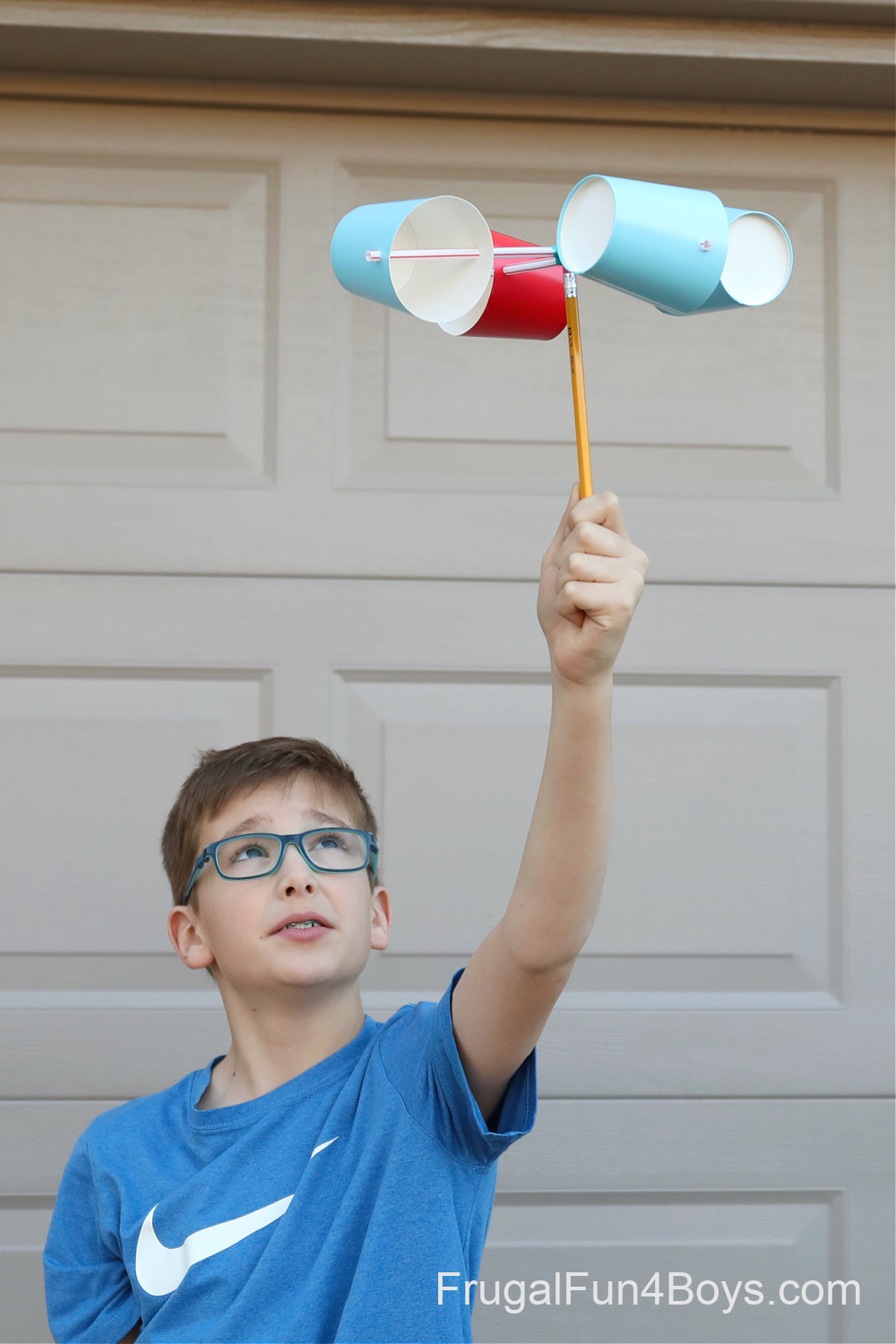The Function of an Anemometer in Improving Safety And Security for Outdoor Activities
The Function of an Anemometer in Improving Safety And Security for Outdoor Activities
Blog Article
All You Need to Understand About Anemometers: Just How They Work, Why They Issue, and Where to Use Them
Anemometers, though often forgotten in the realm of scientific instruments, play a vital function in numerous fields, providing valuable understandings right into wind speed and airflow patterns. Understanding the auto mechanics behind these tools is important for any person seeking to harness the power of this information. From meteorologists tracking weather condition patterns to designers making structures with wind lots in mind, the applications of anemometers are far-ranging and varied. As we explore the intricacies of anemometer innovation, we will reveal the internal workings of these tools, their significance, and the essential factors to consider when picking the right anemometer for particular applications.

Anemometer Essentials
An important instrument made use of to gauge wind rate and instructions, the anemometer plays a critical duty in meteorology and numerous markets. An anemometer generally consists of three or four mugs that turn in the wind, a vane that directs into the wind, and sensors to track the rotations or motions. By calculating the turnings or motions over a particular period, the anemometer can figure out wind speed. The vane helps determine wind instructions by directing into the wind, giving useful data for climate forecasting, aviation, maritime operations, ecological tracking, and wind power applications.
There are numerous sorts of anemometers available, consisting of cup anemometers, vane anemometers, hot-wire anemometers, and sonic anemometers, each with its unique features and applications. Mug anemometers are typically utilized for standard wind speed dimensions, while vane anemometers are preferred for directional dimensions. Hot-wire anemometers are ideal for low airspeeds, and sonic anemometers are perfect for high-precision measurements in study and commercial settings. Comprehending the essentials of anemometers is crucial for accurate wind data collection and analysis throughout different sectors.
Concepts of Anemometer Operation
Structure on the fundamental understanding of anemometer essentials, the concepts of anemometer procedure illuminate the technicians behind wind speed and instructions measurements. Mug anemometers, for circumstances, have three or even more cups that click over here now capture the wind, creating them to spin much faster as the wind rate boosts. Hot-wire anemometers rely on a heated wire that cools down as wind passes over it, with the price of cooling identifying the wind rate.
Relevance of Anemometers
Anemometers play a crucial role in determining wind speed and instructions, giving essential information for weather forecasting, climate research studies, ecological surveillance, and air travel operations. Meteorologists count on anemometers to collect precise wind data, aiding them recognize climate patterns, forecast storms, and concern prompt warnings to the public. Wind ranch operators make use of anemometers to analyze wind see page problems and optimize electrical energy manufacturing from wind turbines.
Applications Across Different Industries
In the eco-friendly power industry, anemometers play a crucial function in assessing wind problems for wind ranch placements, making sure ideal power manufacturing. Industries like building and mining use anemometers to keep an eye on wind speeds, essential for security procedures, specifically when working at elevations or in open-pit mines where solid winds can pose risks. In farming, anemometers aid farmers in taking care of crop spraying by providing real-time information on wind speed to stay clear of drift.

Selecting the Right Anemometer for Your Demands
For general purposes, a cup anemometer is suitable for measuring wind speed, while a vane anemometer gives wind instructions information. Hot-wire anemometers are ideal for low airspeed measurements, and ultrasonic anemometers provide high accuracy and longevity.

Verdict
In verdict, anemometers play a critical role in determining wind rate and instructions across various sectors. It is vital to consider the importance of anemometers in order to make informed decisions when selecting the most ideal device for gauging wind problems.
There are various types of anemometers readily available, consisting of mug anemometers, vane anemometers, hot-wire anemometers, and sonic anemometers, each with its special attributes and applications. Mug anemometers are commonly used for standard wind rate dimensions, while vane important site anemometers are liked for directional measurements. Hot-wire anemometers are appropriate for low airspeeds, and sonic anemometers are excellent for high-precision measurements in research study and commercial setups.Building on the fundamental understanding of anemometer basics, the concepts of anemometer procedure clarify the mechanics behind wind rate and instructions dimensions. For basic functions, a cup anemometer is suitable for measuring wind rate, while a vane anemometer offers wind instructions data.
Report this page